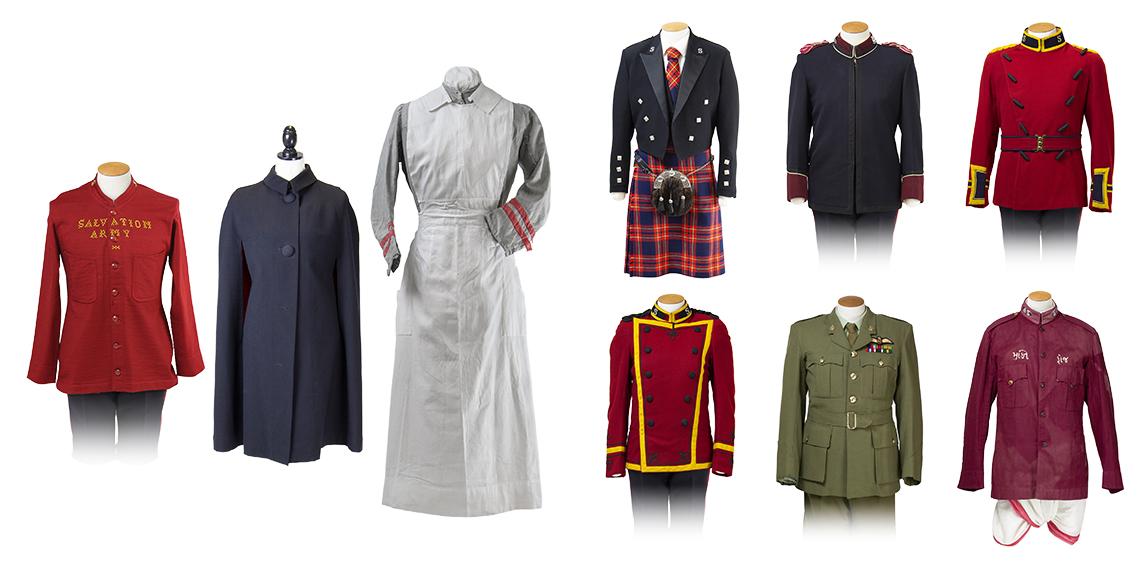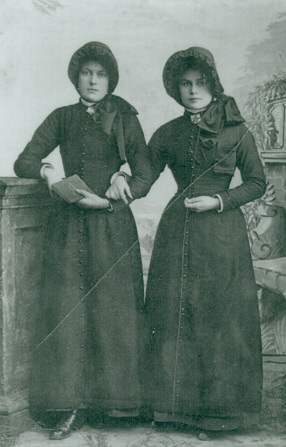You are here
Why we wear a uniform

 In the early days of The Salvation Army, members wanted to wear clothing that signified their war against sin. Men began wearing helmets and military caps with the words ‘Salvation Army’ stamped on them, but there was no uniformity.
In the early days of The Salvation Army, members wanted to wear clothing that signified their war against sin. Men began wearing helmets and military caps with the words ‘Salvation Army’ stamped on them, but there was no uniformity.
By 1880, a standardised Salvation Army navy blue serge uniform was introduced. Men wore high neck tunics with stiff collars over scarlet jerseys. Women wore long navy skirts and close fitting high neck tunics with white lace-edge collars. Catherine Booth chose black straw bonnets for the women to wear that were cheap, durable and protective. A band of black silk and strings formed the trimmings, and later a red band was added with 'Salvation Army' on it.
The men however continued to wear various types of headwear. Pith helmets, toppers, derbies, sailor hats and discarded military band helmets proudly appeared on Salvationists' heads adorned with a Salvation Army hatband until 1891. Headquarters finally brought the troops under regulation with caps—one type of hatband for officers, another for soldiers.
The majority of pioneer Salvationists were proud of their uniforms because of what they stood for. Many Salvationists wore their uniforms on any occasion where formal clothes would be expected.
Uniforms have changed over the years to suit changing styles as well as culture and climate. Up until recently, women continued to wear a smaller version of the Victorian bonnet. Most countries around the world are now adopting the less-expensive felt bowler hat. An open-neck jacket also replaced the high-collar tunics.
Today, not all Salvationists wear uniforms—it has become a personal choice. But the reasons for wearing a uniform are unchanged—to show a commitment to a war against evil; a personal testimony to the wearer's own Christian faith and practice; and to signify to those in need that the wearer is available to help or listen.